For patients
For patients
Information on TDApp
TDApp is a tool which enables patients and their families to engage in ADHD treatment decision-making.
TDApp provides information on ADHD, including available treatments and their adverse side effects. It enables patients and their doctor to specify the goals they want to achieve with treatment. TDApp then uses this information to identify the medication most likely to achieve these goals.
Therapeutic recommendations can be updated on TDApp and adapted to a patient’s characteristics and preferences.
Why have we developed TDApp?
Clinical decisions should ideally be based on integrating the best scientific evidence with the patient’s and clinician experience and values.
Clinical Practice Guidelines are a set of clinical recommendations based on scientific research, and are very important in clinical decision-making. Nevertheless, Clinical Practice Guidelines have limitations. Firstly, as new studies are published periodically, many Clinical Practice Guidelines contain recommendations that become quickly outdated after publication.
Another limitation is that Clinical Practice Guidelines are often very general, and therefore not directly applicable to many patients.
A final limitation of the Clinical Practice Guidelines is that they limit patients’ participation or that of their families in the clinical discussion.
TDApp is a tool that could solve these problems.
What is TDApp?
TDApp is a tool that generates automated treatment recommendations based on up-to-date scientific evidence. These recommendations take into account the characteristics of the patient and incorporate both the patient’s and the clinician’s preferences regarding the efficacy and safety of treatment. TDApp is designed to be used by people with ADHD.
TDApp aims to 1) improve patients’ and/or parents’ knowledge of ADHD and the medications available for its treatment, 2) bring the patient and the clinician closer to formulating recommendations for treatment, 3) adapt recommendations for treatment to the patient characteristics in order to achieve the goals selected by the patient and their doctor, and 4) make updated recommendations by incorporating the results of the latest studies.
To attain these goals, TDApp 1) provides information on ADHD and pharmacological therapeutic interventions, 2) enables the patient and the doctor to decide together what their preferences are regarding their goals and unwanted side effects of treatment, and 3) takes information on medicines for treating ADHD from a continually updated database.
How does TDApp work?
Once you are familiar with this information, on the next visit we will ask you to indicate your preferences regarding the goals you want to achieve with treatment, and any side effects of the treatment you do not want to experience. To do this, we will ask you to rate a series of goals and side effects in order of importance from 1 (not important at all) to 9 (absolutely essential.
It is very important that you discriminate the importance you give to each goal and side effect, as this enables TDApp to recommend the treatment that best suits your preferences.
Once you have assessed the importance of the treatment goals and its side effects, you will be asked for feedback on the clarity and usefulness of the information provided by TDApp
Will using TDApp influence the treatment I am going to receive?
As TDApp is still in the development phase, neither you nor your doctor will have access to the treatment recommendations it formulates, so TDApp will not influence decisions made regarding your treatment.
Access to the TDApp Patient Form
ADHD helps people with ADHD or their families get involved in making decisions that affect the treatment of ADHD. Choose the goals you want to achieve.
Access to the TDApp Patient Form
ADHD helps people with ADHD or their families get involved in making decisions that affect the treatment of ADHD. Choose the goals you want to achieve.














